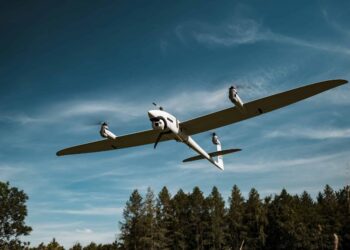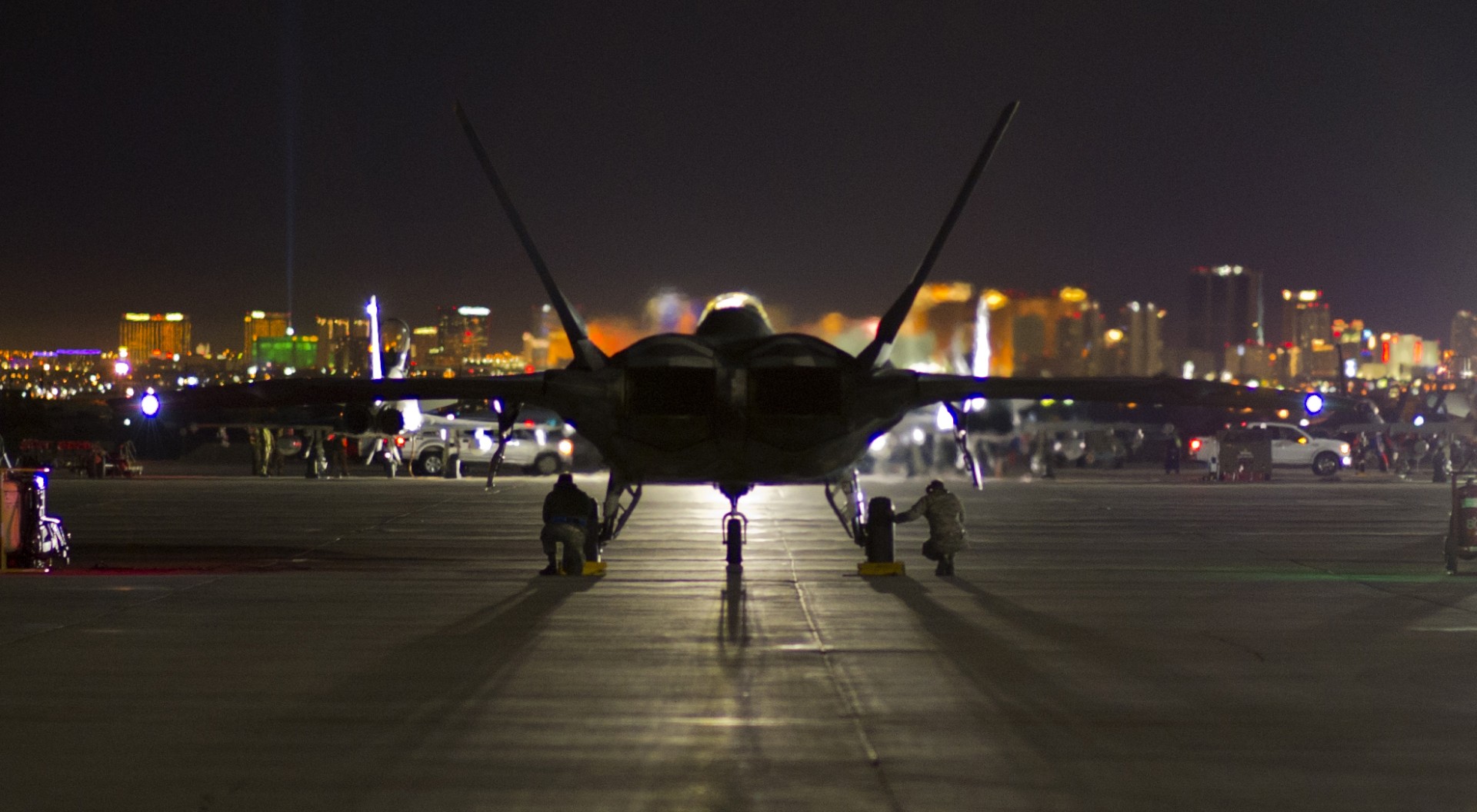HANSCOM AIR FORCE BASE, Mass: An airborne networking team here is working to connect low-observable aircraft such as the F-22 Raptor, F-35 Joint Strike Fighter Lightning II and B-2 Spirit with each other, and with the rest of the force.
These aircraft rely on a number of technological advantages to defeat adversaries and accomplish their missions, and not the least of those advantages is stealth.
Unfortunately, stealth is negated the moment voice communication becomes necessary.
“These aircraft are designed specifically to penetrate anti-access areas,” said Mike Therrien, the chief of Electronic Systems Center’s Airborne Networking Division within the 653rd Electronic Systems Group. “But if I use voice in that area, then why do I have stealth? As soon as I talk, I give myself away.”
Managers of each of these platforms recognized the need to develop secure data-linking technology that would help overcome this problem, but Defense Department officials want to ensure a more unified approach. That’s where the multifunction advanced data link, known as MADL, comes in.
In November 2008, the Office of the Undersecretary of Defense for Acquisition, Technology and Logistics directed the Air Force and Navy to integrate MADL among all three platforms.
“The way it was going to work was the F-35 would develop the waveform, turn it over to the F-22; they’d integrate it, and then turn it over to the B-2 and they’d integrate it,” said Kim Kendall, a MADL program manager.
Since the Office of the Secretary of Defense and Air Combat Command officials realized this approach left too much to chance, they turned to ESC members who developed an enterprise approach.
“It’s not just the word enterprise, but a genuine enterprise,” Ms. Kendall said. “ACC tells us what they want, and we work with the platform managers to make it happen.”
One of the first steps was to conduct an independent study of the MADL waveform being developed by the F-35 program office, to make sure it had the underlying characteristics all three platforms would need. Those qualities include throughput, latency, frequency-hopping and anti-jamming capability.
ESC officials put together a team of specialists from Massachusetts Institute of Technology’s Lincoln Laboratory and MITRE to conduct the intensive, two-month effort, which concluded with briefings to OSD in March. The result was validation of the existing waveform.
With that information in hand, OSD officials made MADL a formal program and directed ESC to stand up a program office. The ESC staff is now working with the three platform teams and others to fully define requirements, Ms. Kendall said.
“MADL was built to be F-35-centric, but we’re now looking at all of ACC’s requirements, asking: ‘What does it really take to fight in an anti-access environment?'” she said.
Emphasizing the differences that result from the platform’s unique designs, sensors and missions, and the impact each of those has on the way the aircraft can send and receive messages, Ms. Kendall said, “We can’t just take it off the F-35 and plop it on the F-22, for instance.”
The waveform will have to be engineered to meet different needs of specific platforms and then be rendered backward-compatible with the others in an almost constant evolutionary cycle.
“Configuration management is going to be a real challenge,” Ms. Kendall said. “We need to keep the waveform and messages as interoperable as we can between all three platforms.”
One step the ESC program office has already taken is to sponsor weekly teleconferences, at the 0-6 level, with all stakeholders, getting issues on the table so solutions can be worked.
This teaming has so far been very successful, with each member demonstrating a real commitment to the enterprise. These same stakeholders have also presented information to OSD together, which Pentagon leaders appreciate.
“That allows us to present a consolidated, coherent story,” Ms. Kendall said.
Going forward, the team will develop a testing tool, using modeling and simulation, to validate the specifications for MADL. Then, still using modeling and simulation, they’ll actually conduct network-centric targeting scenarios, to determine if MADL really does permit the platforms to exchange data in a way that makes mission accomplishment easier, faster, safer and more efficient – for instance, eliminating redundancies, such as two platforms using weapons on the same target.
“That’s where we’ll determine the ultimate effectiveness and utility of MADL,” Ms. Kendall said.









